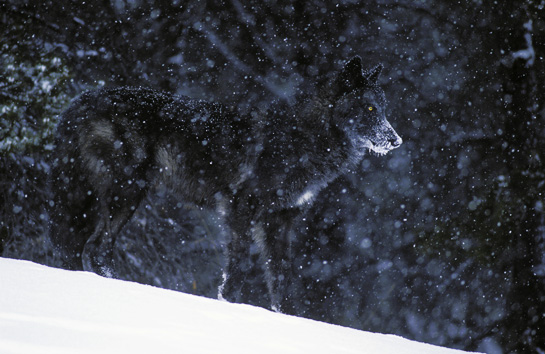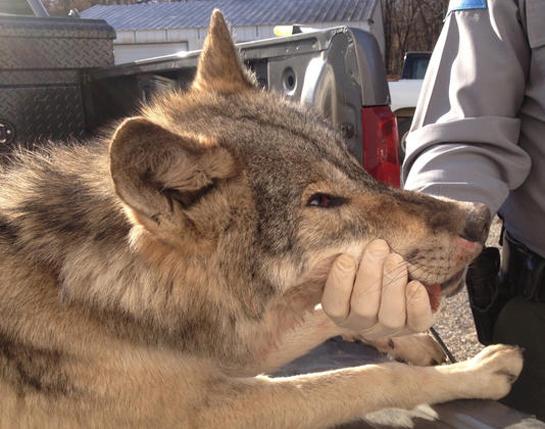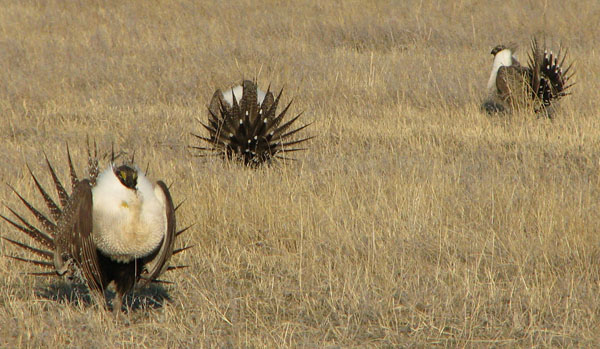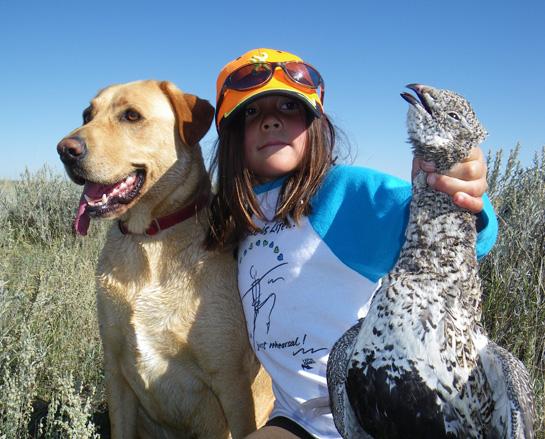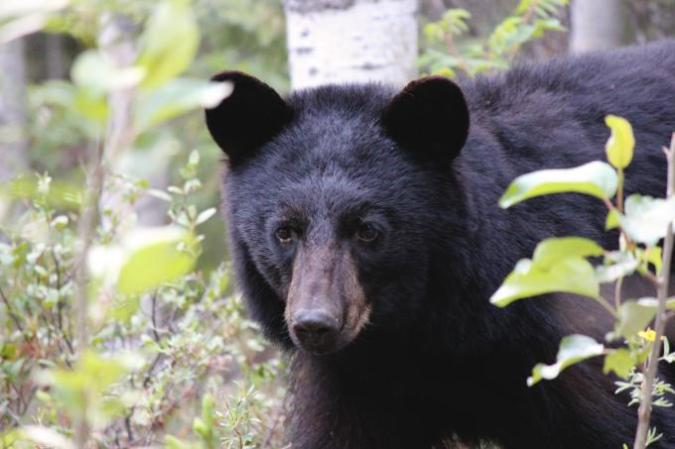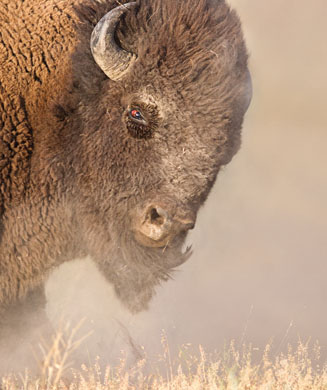The first rule of wildlife management is that populations matter. Individuals don’t.
The second rule is that long-term trends–in species’ range and distribution, in habitat health, and even in human tolerance for various wild critters–trump the peaks and valleys of annual gain and loss.
Unlike the bloodless analytics of other scientific disciplines, wildlife management is organic. It happens outdoors. It’s often bloody. To borrow Hobbes’ perspective of humanity, most wild animals spend lives that are “nasty, brutish, and short.”
In Dan Nosowitz’s misinformed and virulent essay on wolf hunting around Yellowstone National Park, he seems ignorant of these tenets–and realities–of wildlife management.
He also seems intent on demonizing the very group of humans–licensed hunters–who have contributed more to the restoration of wildlife in America than any other group. He calls us “maniacs,” “mass shooters,” and “murderers” and suggests that hunting, and hunters, have no place in the wolf-management discussion. Nothing could be further from the truth–neither his description of hunters nor how he portrays our role in wildlife management.
By far the majority of Western hunters believe that wolves are part of a healthy, functional landscape. They belong. But we also believe that they need to be regulated, just as other wildlife populations are, with restrained, science-based management. In America, that means hunting by qualified, license-buying citizen sportsmen and women who are not agents of some “lunatic state” but are capable and effective woodsmen who respect, and even cherish, the very animals we hunt.
We hunters also fund wolf management. In the first year of state-sanctioned hunting, Idaho Fish and Game raised nearly $500,000 for wildlife conservation. That’s money that benefits elk, trout, and songbirds–along with wolves–and the habitat that all these creatures require.
ANTHROPOMORPHIZING WOLVES
Nosowitz’s rant, which masquerades as analysis, gets many fundamental facts wrong. He has plenty of company in misinformation. Wolf management is emotional and polarizing, and the first victim of any discussion about the apex predators is often the truth. But Nosowitz isn’t satisfied with sloppy reporting. He also laces his blog post with venom and an embarrassing lack of perspective.
Let’s start with Nosowitz’s introduction, in which he laments the legal shooting (by a licensed hunter) of a radio-collared wolf known as 832F. This is the photogenic alpha female known to park visitors as the “rock star of the Lamar Valley” for her habit of roaming near one of Yellowstone’s most trafficked roads.
Nosowitz seems to base his entire perspective of wolf management on this single animal. Indeed, several radio-collared wolves have been legally killed by hunters this season outside the boundaries of the national park. Because of the management implications of removing these “study animals” from the population, the Montana Fish, Wildlife & Parks Commission last week closed hunting along the northern border of the park.
But the licensed harvest (even of collared wolves) is well within management objectives of the sanctioned hunting seasons in Montana, Idaho, and Wyoming, the three states that have taken over management of gray wolves following their removal from the federal endangered species list in 2009. In fact, the states have not achieved their harvest objectives, which is a testament to how remarkably skilled wolves are at surviving in our vast landscapes. Last year, Montana set a harvest quota of 220 wolves, but only 166 were killed by hunters before the season closed. This year Montana is allowing wolves to be trapped as well as hunted with firearms in an effort to bring numbers of the predators in line with population objectives.
Does this sound like “legalized murder,” to use the tone-deaf rhetoric of Nosowitz? No. It is restrained harvest. Montana wildlife officials peg the minimum population of wolves in the state at 653. It’s likely to be much higher, because gray wolves occupy vast stretches of uninhabited country, and counting them is difficult.
Wyoming, with a much more liberal harvest structure, has an estimated wolf population of about 400 animals. Idaho’s population is pegged at about 850 animals. Since they were introduced into Yellowstone Park in 1995, gray wolves have roamed as far afield as Colorado, Utah, and even California.
One of the foundations of delisting was the states’ agreement to ensure wolf populations remain above certain benchmarks. Across their Western range, that minimum population is 300 wolves with at least 30 breeding adults. For each of the last 11 years, that minimum number has been exceeded by a factor of three. Last year federal biologists counted a minimum of 1,774 wolves in 287 packs and 109 breeding pairs. In a nutshell, the states’ wolf management–which includes sanctioned hunting–is working.
ACHIEVING BALANCE
Because Yellowstone Park’s pre-wolf elk herd was far too large for its carrying capacity, the ungulates overgrazed habitat. Wolves have restored balance to the landscape. But hunter harvest of elk, around Yellowstone’s border and elsewhere in the West, remains necessary to control populations and keep them in check with habitat.
The same is true of wolf hunting. In places where wolves can’t be hunted effectively, elk numbers have plummeted. In Montana’s Bitterroot Valley, elk mortality by wolves is so high that biologists are concerned with recruitment, or the ability of a cow elk to replace herself with offspring. Distasteful as it may be to some preservationists who would rather let nature seek its own balance, hunting has been the most effective tool of wildlife managers for more than a century.
Nosowitz may not be aware that the alternative to licensed hunters–who cherish a wolf pelt as a hard-won trophy–is widespread poisoning of wolves and aerial gunning by government agents.
But a clinical discussion of wolf management misses the point. Wolves are polarizing. They are lightning rods. And, unfortunately, the sort of emotional misinformation that Nosowitz perpetuates dominates discussions on both sides. On the preservationist side, wolf advocates seem to think that they any lethal removal is somehow subhuman. On the kill-’em-all side, wolf demonizers tend to associate the predators with all that’s wrong with the world.
The truth–and the sustainable future for these remarkable animals–is between those two poles. We Westerners are still learning how to live with wolves, but red-eyed rants like Nosowitz’s don’t get us any closer to an understanding of the give and take, cause and effect, that’s at the heart of modern wildlife management, and which will ensure that wolves remain part of our landscape far into the future.


